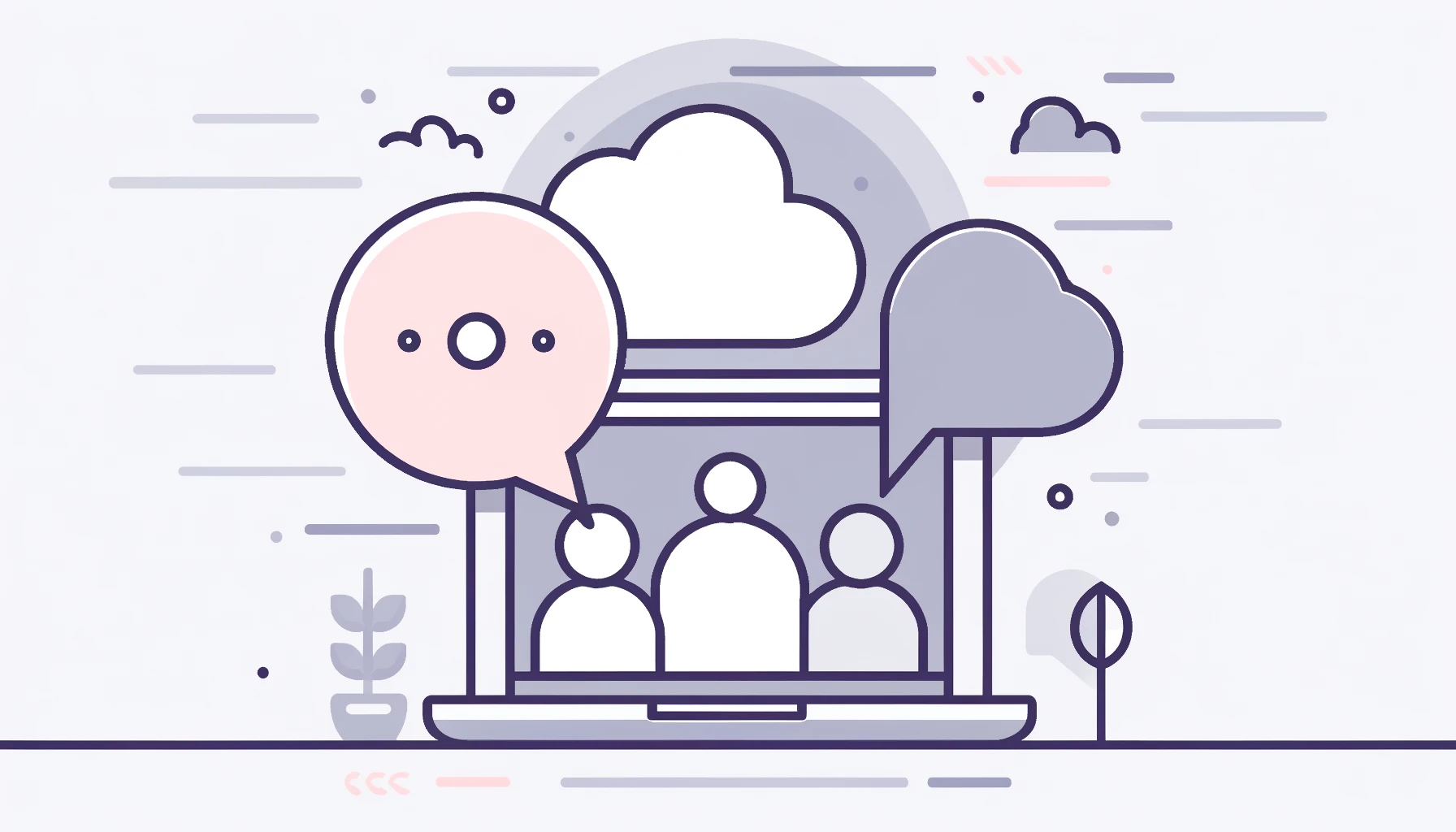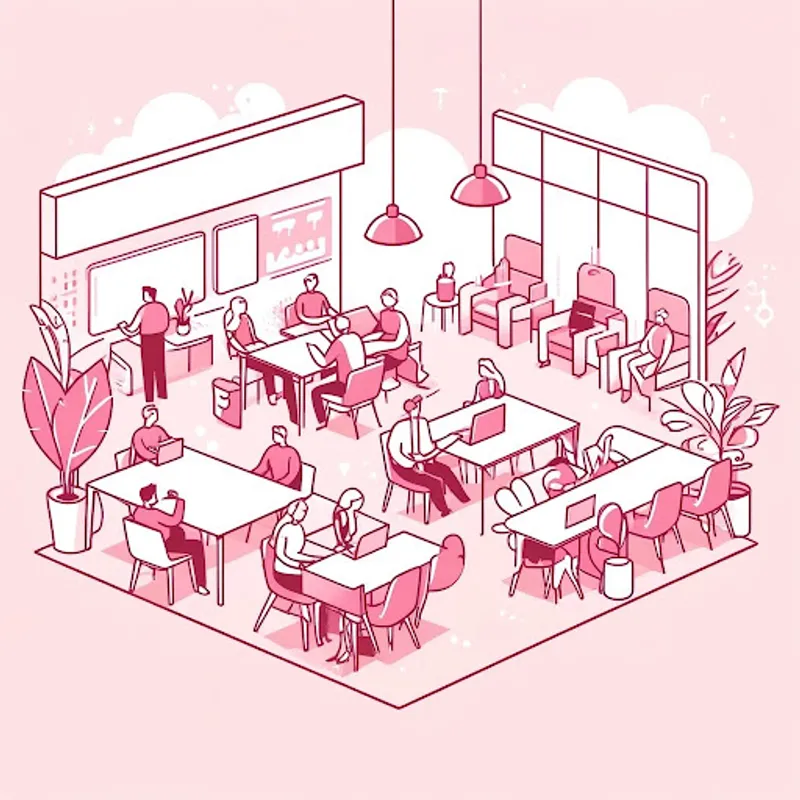Boost Your Team’s Efficiency with These Proven Collaborative Workspace Hacks
Toby Team
August 21st, 2024
4 min read

In today’s hybrid work environment, setting up an effective collaborative workspace is essential for boosting team efficiency. Whether managing a remote team or working in a traditional office, the right setup can significantly enhance productivity and foster innovation. Here’s how you can create a workspace that supports and enhances collaboration, with a strategic integration of Toby.
Understanding the Elements of a Collaborative Workspace
Creating a collaborative workspace involves more than just physical arrangements—it’s about fostering an environment that encourages communication, cooperation, and easy access to shared resources. Key elements include:
- Technology: Implement seamless digital tools that facilitate effective communication and efficient workflow management.
- Layout: Design spaces that encourage spontaneous interactions and comfortable gatherings.
- Culture: Promote an atmosphere where sharing and collective problem-solving are the norms.
Step-by-Step Guide to Setting Up Your Collaborative Workspace:
1. Choosing the Right Tools:
The right digital tools are critical for enhancing team interaction and resource management. Here are some of our favorite tools to help with asynchronous collaboration:
- Toby: Oganizes digital resources into easily accessible collections, ensuring everything your team needs is just a few clicks away, thus boosting your team’s efficiency.
- Linear: Automatic workflows and powerful Git integrations create focus and routine. Customizable views and filters let you keep track of your work from any angle. Everything is streamlined so that you can progress with full speed, full flexibility and full visibility.
- Miro: Our team is a hybrid team, but we love being able to whiteboard together with Miro. It helps us get our ideas down in a visual way and share with one another.

2. Designing the Physical Space:
- Open Space Layouts: For physical offices, consider open space layouts with communal tables and informal meeting areas to encourage spontaneous interactions and foster a sense of community.
- Private Areas: Balance open spaces with private areas for focused work. This accommodates different working styles and needs.
- Flexible Furniture: Use modular and flexible furniture that can be easily rearranged for different types of meetings or collaborative activities.
- Remote and Hybrid Setups: Ensure remote or hybrid team members have optimized home office setups with ergonomic furniture, quality webcams, microphones, and reliable internet connections.
- Lighting and Acoustics: Good lighting, preferably natural, and proper acoustic treatments can reduce distractions and create a more conducive environment for both individual and group work.

3. Fostering a Collaborative Culture:
- Open Communication Channels: Establish clear and open communication channels using tools like Slack or Microsoft Teams, complemented by regular meetings.
- Regular Brainstorming Sessions: Schedule regular brainstorming sessions to encourage free sharing of ideas and collaborative problem-solving. We love using tools like Miro for these sessions.
- Feedback Mechanisms: Implement open channels for feedback, such as anonymous surveys and regular check-ins, to continuously improve processes and address team concerns. These can be as informal and basic as a conversation, or something more formal like a google form!
- Recognition and Appreciation: Foster a culture of recognition and appreciation by acknowledging team contributions and celebrating successes. We recommend starting a #appreciation channel in your Slack or Teams workspace!
- Digital Collaboration Tools: Leverage digital tools like Toby to enhance collaboration. Toby’s shared collections and tagging features make it easy for team members to access and organize resources, facilitating seamless cooperation.
Ensure your collaborative environment adapts to your team’s growth. Regularly asking for team feedback can help you identify what changes and adjustments are needed.
A well-established collaborative workspace goes beyond physical space—it fosters a culture of shared goals and support. With Toby, you have a powerful tool to build and maintain an environment that maximizes team efficiency. Transform your workspace today and see your team’s collaboration and productivity reach new heights.